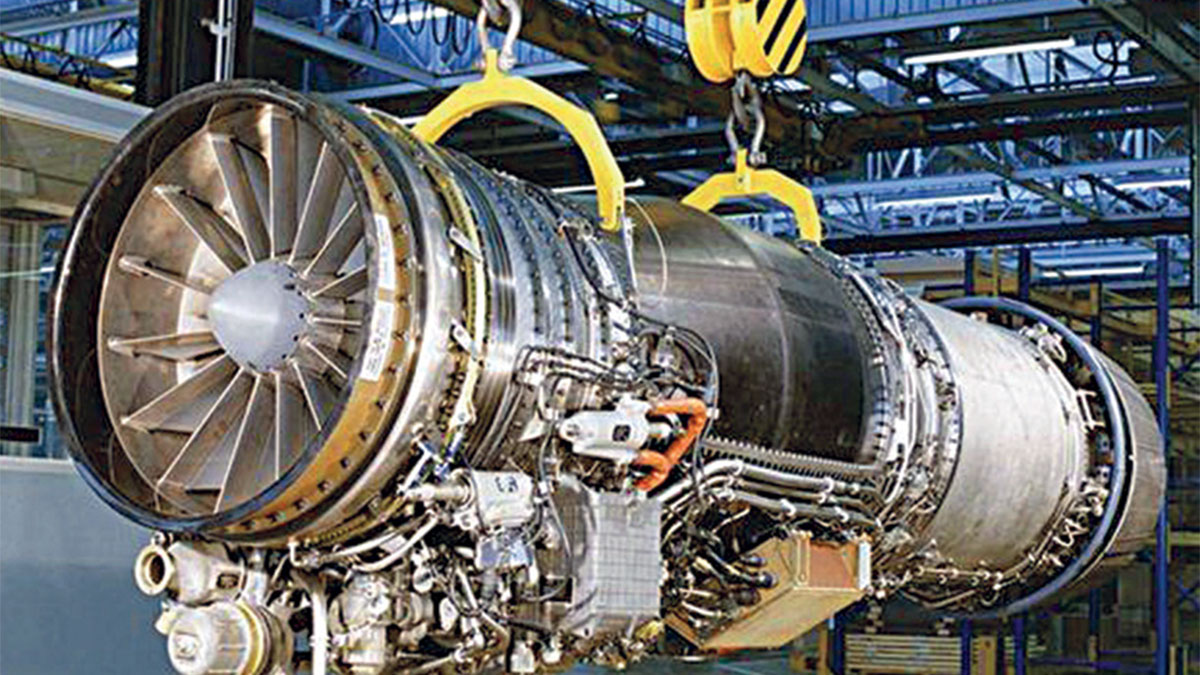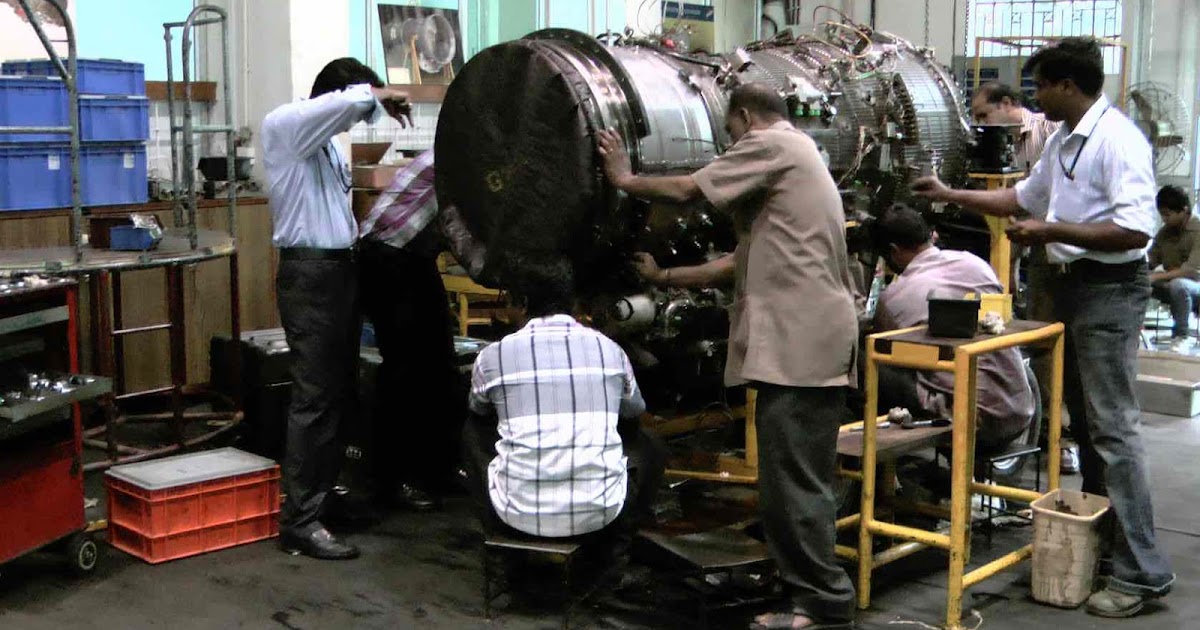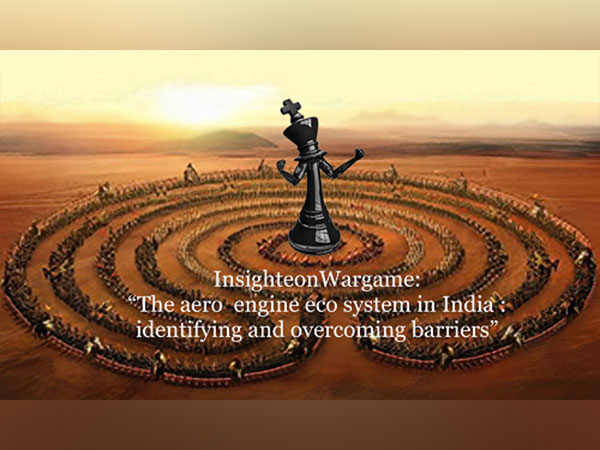Javelin_Sam
New Member
- Joined
- Mar 5, 2019
- Messages
- 408
- Likes
- 2,375
This thing better work in the moon when IAF takes it their for tests. I wish the paninian team all the very best
This thing better work in the moon when IAF takes it their for tests. I wish the paninian team all the very best
Nahi baba sun se pehle moon ata hai uske bad Mars fir jake sun bahut time haiYou meant the Sun, right?
Yeah, fans ko hopeful to rakhna hi padegaNahi baba sun se pehle moon ata hai uske bad Mars fir jake sun bahut time hai
Chill
It would be good if some startup came with a engine testbed and flying testbed facility, for me that is the basic first step.This thing better work in the moon when IAF takes it their for tests. I wish the paninian team all the very best
People have been talking about a flying testbed for over a decade now.It would be good if some startup came with a engine testbed and flying testbed facility, for me that is the basic first step.

What stopping us is that above statement is complete BS.I read that Nazi scientists, who basically contributed to USA and Russian engines, used Vedic principles to build jet engines. If this is true, what is stopping us from using our own principles???
Is it true that the nazis built a rocket station in antarctica that the US has since taken over? Hint: It's true.What stopping us is that above step is complete BS.
You also believe that Nazia moved to dark side of the moon after WWII and planning to attack earth again when right time comes?Is it true that the nazis built a rocket station in antarctica that the US has since taken over? Hint: It's true.
? You can try to be funny, or you can understand your own culture and dharma and see that 99% of modern everything is being designed on Vedic principles. Ultimately it's our loss to ignore this. The West is realizing the ancient wisdom of our own rishis and then morons like you make jokes and laugh about it.You also believe that Nazia moved to dark side of the moon after WWII and planning to attack earth again when right time comes?
First time I have heard of this. Can you point me to any sources backing up this assertion?Is it true that the nazis built a rocket station in antarctica that the US has since taken over? Hint: It's true.


This should have happened right after 98 when the Americans were sanctioning us for the nuke tests, especially the Aero Engine Commission.
MoD seeks roadmap for aero-engine ecosystem
www.ajaishukla.com
MoD seeks roadmap for aero-engine ecosystem

Indigenising gas turbine engines would save the defence ministry Rs 300,000 crore in the next 20 yearsBy Ajai Shukla
Business Standard, 8th Sept 22
An Indian defence consulting group, Insighteon Consulting, conducted an interactive war-game from August 23-25, to develop a roadmap for an aero engine ecosystem in India.
It was concluded that developing indigenous aero engines was a strategic necessity. The proliferation of unmanned aerial vehicles (UAVs) and low-cost cruise missiles, and the restrictions placed by foreign governments on the export of their engines and components, made it a national security imperative to develop indigenous aero engines and resilient supply chains for them.
Participants acknowledged that the “Make in India” initiative had saved the ministry of defence (MoD) more than Rs 100,000 crore in foreign exchange outflow in the last five years. Similarly, indigenising gas turbine engines would save the MoD Rs 300,000 crore in the next 20 years.
Participants in the war-game included scientists and technologists who have been closely associated with indigenous engine-development programmes. The include retired scientists from the Defence R&D Organisation (DRDO), Indian Space Research Organisation (ISRO), Hindustan Aeronautics Ltd (HAL), National Aerospace Laboratory (NAL), the DRDO’s Gas Turbine Research Organisation (GTRE), representatives from private firms such as Godrej Aerospace, Paninian India and Bharat Forge, retired defence officers, bureaucrats, diplomats and think tank members.
It was acknowledged that the field of aero-engine development is not level for the current qualified, and globally certified, private sector players and for academic institutions. Instead, due to a trust deficit and the absence of inclusive policies for involving private players, aero engine research and development (R&D) remains a monopoly of the public sector.
It was concluded that the GTRE’s indigenous Kaveri engine project, which was being developed for the Tejas light combat aircraft (LCA), offered a negative model of development.
While the Tejas needs an engine with 82-90 kiloNewtons (kN) of peak thrust, the Kaveri only managed 72 kN during flight testing in Russia. The lack of testing infrastructure in India caused a delay of six years in the Kaveri engine development.
Currently, when the DRDO needs to test an engine, it is flown, along with a large flight test team, to the Gromov Flight Research Institute outside Moscow. Here, the engine is fitted onto a Russian IL-76 aircraft and its performance evaluated in flight. Before flight tests, it must undergo ground checks at Moscow’s Central Institute of Aviation Motors, in simulated altitudes up to 15 kilometers (49,200 feet). Creating such a flight-testing facility in India would save hundreds of crores and a great deal of time.
Unfit for the Tejas, it was decided that the Kaveri engine should be used in the future as a “dry aero-engine”, which means without afterburner thrust. This was felt to be sufficient for powering the unmanned fighter aircraft that are planned for the future – such as the RPSA, the Ghatak and other 3-8 tonne platforms.
It was felt that the importance of the small aero engine segment, which powered UAVs and low-cost cruise missiles, was underestimated. With India spending an increasing share of its defence budget on these, the small engine market for the next 20 years would be Rs 61,000 crores.
It was concluded that co-development of engines with original equipment manufacturers (OEMs) overseas would not result in new designs or modification/upgrade capability. For that, India would need to continue its efforts to develop indigenous engines in mission mode.
As a first step, the MoD needed to impose restrictions on itself on import of small aero engines, by adding them to the “positive indigenisation list”. Furthermore, the DRDO and NAL should be encouraged to release tenders for smaller engines to private entities, not just to GTRE/HAL.
It was recommended that the development of small engines should follow the 1 + 2 model, i.e. be developed by a consortium of a DPSU/DRDO laboratory, working with two private sector companies.
Finally, it was decided that a new structure, titled National Commission for Aero Engine Development (NCAED), should be created in order to have a single head under which design, development and production would come. It was felt this would promote a seamless, coordinated development programme.
The consultants felt that, with the nature of warfare changing, there is a move towards smaller and more numerous weapons systems. This trend is most visible in the dramatic changes in aerial warfare with the advent of Artificial Intelligence (AI) enabled UAVs or drones. HAL has already begun work on such systems, such as its futuristic Combat Air Teaming System (CATS). This has three separate components – CATS Warrior (Teaming drone), CATS Hunter (air-launched cruise missile) and Alpha-S (glider drone), all of which are unmanned systems, controlled by the pilot from the mothership via secure data links, and equipped with electro-optical and infrared sensors.
These smaller, unmanned systems require smaller, less powerful and less expensive engines.
Anywhere on the internetFirst time I have heard of this. Can you point me to any sources backing up this assertion?
you don’t have any source?Anywhere on the internet

Don't read too much.I read that Nazi scientists, who basically contributed to USA and Russian engines, used Vedic principles to build jet engines. If this is true, what is stopping us from using our own principles???
I've always maintained that the collab is just a scam. Nobody parts with their crown jewels. This is the only area where the cutting edge will surely remain out of reach even in 2050 because we need a decades long engine development program with no funding cap, larger than even IGMDP to start right now instead of two decades later. Maybe we get to see GE-414 engine developed in India by 2050 at current pace, but that is wholly inadequate for the fighter fleet we'll have by 2030s, let alone the 6th gen fighters we'll need to power by 2050.
Development of gas turbine engines - the true test of "Atmanirbhata": Insighteon Wargame
New Delhi [India], September 8 (ANI/NewsVoir): Several papers have been submitted to address the issue of indigenisation of aero gas turbine but few necessary steps have been taken in this regard. And it appears that this technological gap is not going to be bridged too soon. A three-day...www.aninews.in
Development of gas turbine engines - the true test of "Atmanirbhata": Insighteon Wargame
ANI | Updated: Sep 08, 2022 13:56 IST
New Delhi [India], September 8 (ANI/NewsVoir): Several papers have been submitted to address the issue of indigenisation of aero gas turbine but few necessary steps have been taken in this regard. And it appears that this technological gap is not going to be bridged too soon. A three-day war-game conducted by Delhi-based Insighteon Consulting highlighted the inadequacies and challenges in developing gas turbine engines and attempted to ferret out the steps required to bridge the technological gap. If successful, it will be the biggest push to the Atmanirbhata campaign, saving the Ministry of Defence foreign exchange outflow of INR 3 lakh Crores in any block of 20 years.
Participating in the war-game were retired DRDO senior scientists, leaders from the public sector like ISRO, HAL, NAL, GTRE, private industry representatives from Godrej Aerospace, Paninian India and Bharat Forge, academia from IISC and IITs, retired defence officers, bureaucrats, diplomats and members of think tanks. The conduct of the war-game followed a "Horizon Scanning" model, forcing the participants to recognise inherent uncertainties and anticipate future opportunities or threats, thereby offer creative solutions to this challenging task at hand.
The small gas turbine engine market in India for the next 20 years was estimated to be more than INR 60,000 Crores. There was a unanimous consensus to the fact that by not indigenising aero gas turbine engines, the nation runs a risk of compromising national security. The rising demand and diversity of applications for gas turbine engines due to increasing usage of unmanned aircraft, drones, UCAVs and low-cost cruise missiles, combined with export restrictions placed by foreign governments on engines of UAVs/missiles and components thereof, make future strategic concerns even more dire.
Consolidation of ongoing engine development programs and instituting a National Commission for Aero Engine Development to bring in the unification of vision as well as the unification of national assets available in the engine development ecosystem, was the base theme which ran through the conduct of the war-game. It was predicted that co-development models will only end up as licensed production, as they have done in the past, with major work share arriving from overseas. Therefore, it was felt necessary to nurture design talent and go through the learning curves of experience and productivity without shortcuts.
The war-game eroded a common belief that the private sector is capable of providing only engine components to government institutions and foreign OEMs. The confidence exuded by the private sector to take on complete development of smaller gas turbine engines, if given a chance, was encouraging. The analysts recommended that efforts should be made to involve private industries with identified academic institutions, to take up the challenge of developing three to four small engines for identified aerial platforms in a mission mode, through funded programs, which if required could be mentored and managed by technology labs or the user. However, there has to be an institutional mechanism to support this.
The analysts were of the opinion that, keeping the strategic necessity and the lost time in mind, it would be preferable to follow a 2 plus 1 model, where there is concurrent development of smaller engines by one DRDO lab/DPSU and two private sector entities, in order to build in competition and redundancy. It was felt that the government's aim of increasing private sector participation in the defence sector is not presently backed with developmental orders at ground level, as far as gas turbine engines were concerned.
Another recommendation of the analysts was that engine development institutions should increase their interaction with academia and integrate them as R&D partner. The SPV model was recommended for the development of the 110 kN engine whereas the Kaveri was considered suitable for all platforms from 3 tons to 8 tons like the unmanned fighter aircrafts, the Remotely Piloted Strike Aircraft (RPSA) or the Ghatak UCAV.
It was estimated that a delay of approximately six years could be attributed to the absence of HAETF/FTB and other component levels in country test facilities, during the development of the Kaveri engine. Testing overseas is impractical and exposes critical technology to other nations. The analysts were hopeful that in future establishment of in-country engine test facilities will be given the highest priority if aero engines are to be developed in India.
This story has been provided by NewsVoir. ANI will not be responsible in any way for the content in this article. (ANI/NewsVoir)
@Bleh & others - As prominently highlighted above Indian private sector is ready and confident of delivering a full jet engine contrary to popular perception here that only government entities are capable of that feat. They may start small but will eventually go for the big prize.
Also if all the 125kN collab gets us is screwdrivergiri as hinted in the article then where does that leave that effort? Why did we waste past several years doing the monkey dance between Safran, RR & GE? Is that program still on? There is total radio silence since Americans entered the game with promises of 'ToT'. Maybe the 18-22 October defexpo will provide some answers.
